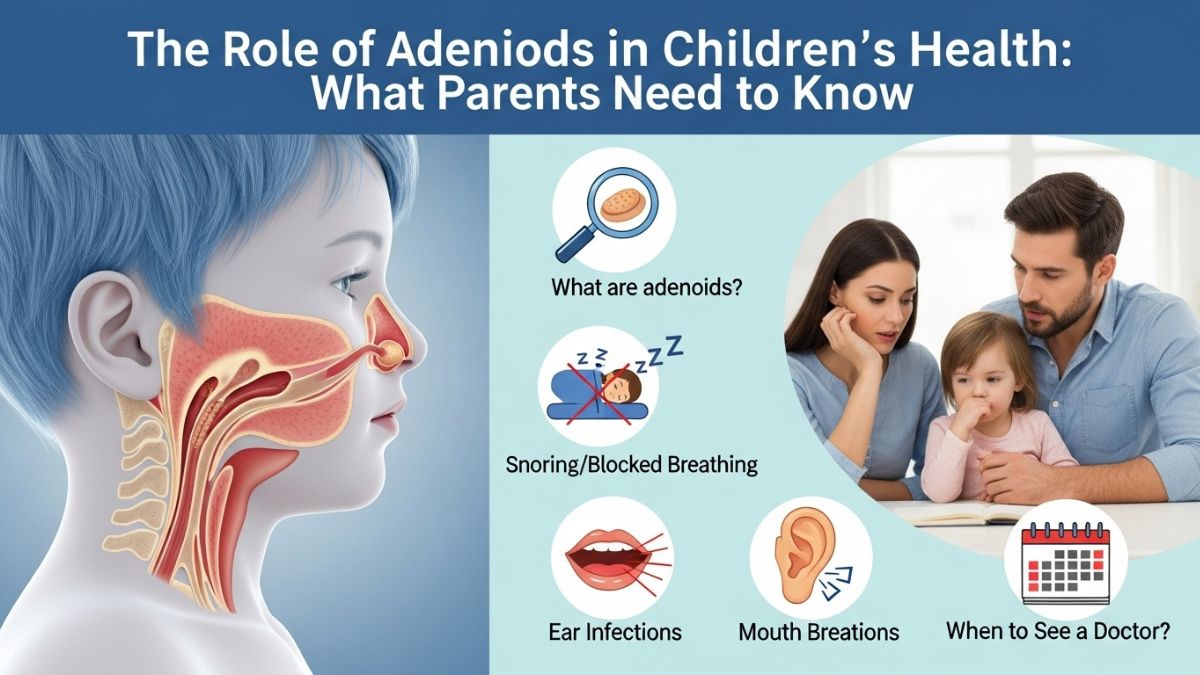The role of a Physician Assistant (PA) has evolved significantly over the past several decades. Conceived initially to address primary care shortages, particularly in underserved areas, the profession now encompasses a wide range of medical specialties and responsibilities. PAs conduct physical exams, diagnose and treat illnesses, assist in surgeries, and often serve as patients’ first point of contact. With increased autonomy and clinical trust, they have become integral to healthcare teams in hospitals, clinics, and private practices.
What makes the PA role unique is the balance between autonomy and collaboration. Unlike physicians, PAs do not undergo residency training but receive a rigorous medical education that enables them to practice medicine under a supervising physician. This supervision, however, does not limit their capacity to make critical decisions. PAs often manage cases independently, particularly in rural or high-volume settings, where flexibility and sound judgment are essential. The dynamic scope of the role allows for varied career paths, allowing candidates to transition between specialties without undergoing additional formal training.
The demand for PAs has grown as the U.S. healthcare landscape continues to shift. Factors such as an aging population, healthcare reform, and physician shortages contribute to this trend. According to the Bureau of Labor Statistics, the PA profession is projected to grow faster than average in the coming years. This growth reflects the increasing recognition of PAs as essential medical providers. For aspiring candidates, understanding this demand underscores the importance of thorough preparation and strategic planning throughout their educational and professional journey.
Navigating the Application Process
Applying to PA school is a multi-layered process that requires strategic planning, academic readiness, and a strong personal narrative. Candidates typically begin by completing a bachelor’s degree in science and health-related courses. Most programs require specific prerequisites such as biology, chemistry, anatomy, and statistics. Academic excellence is crucial, as PA admissions’ competitive nature strongly emphasizes GPA and standardized test scores. In addition to strong academic performance, candidates should cultivate relevant healthcare experience to demonstrate their commitment to the field.
Hands-on experience is not just a recommendation; it is a necessity. Most PA programs require applicants to have thousands of hours of direct patient care experience. These hours can be accumulated through roles such as EMTs, medical assistants, phlebotomists, or patient care technicians. The goal is to show a deep and genuine understanding of patient interaction, clinical protocols, and healthcare delivery challenges. This exposure builds technical competence and emotional resilience, traits that admissions committees look for in strong candidates.
For applicants mapping out their educational and professional journey, clearly understanding the steps involved in the PA admissions process is essential. Familiarity with key application components, expected experiences, and practical strategies can make preparation more focused and manageable. Reflecting on what makes a competitive candidate helps clarify one’s strengths and areas for growth. With this awareness, individuals can take proactive steps to build a strong profile well ahead of application deadlines.
Crafting a Competitive CASPA Application
The Centralized Application Service for Physician Assistants (CASPA) is the primary portal through which most candidates submit their applications. A strong CASPA application goes beyond merely filling in forms; it is a curated narrative that presents academic accomplishments, clinical experience, and personal motivations in a cohesive way. Each component, transcripts, personal statements, letters of recommendation, and experience logs, contributes to the overall picture of the candidate. Admissions committees scrutinize these elements for clarity, depth, and authenticity.
The personal statement is a particularly crucial aspect of the CASPA application. It should tell a compelling story about the candidate’s journey into healthcare and what motivates them to become a PA. More than just recounting experiences, the essay should reflect insight, emotional intelligence, and a strong understanding of the PA profession. Successful essays demonstrate growth, a passion for patient care, and an awareness of the role’s responsibilities. Avoiding clichés and generalities can set a candidate apart in a sea of qualified applicants.
Equally important are letters of recommendation, which provide third-party validation of a candidate’s abilities and character. Ideally, these letters should come from supervisors, practicing PAs, physicians, or professors with ample time to observe the candidate in clinical or academic settings. Vague or impersonal letters can weaken an otherwise strong application. Strong recommendations, on the other hand, lend credibility and reinforce the narrative crafted in the personal statement and experience sections.
Succeeding in PA School
Once admitted, students face the rigorous and fast-paced environment of PA school. Programs typically span two to three years and consist of a didactic phase followed by clinical rotations. The academic portion includes anatomy, physiology, pharmacology, and pathophysiology courses, often delivered at a breakneck pace. Unlike undergraduate studies, PA school requires intense time management and a deeper level of comprehension. Passive learning is insufficient; students must actively engage with material to keep pace and apply knowledge clinically.
Group study, interactive learning, and the integration of clinical scenarios are often used to enhance retention and critical thinking. Many programs employ problem-based learning, where students work through real-life cases to develop diagnostic reasoning. The shift from theory to practical application is fundamental. This transition helps prepare students for clinical rotations, where they must quickly adapt to different specialties and settings while working under supervision.
The social and emotional demands of PA school should not be underestimated. Students often face long hours, high expectations, and the stress of constant evaluations. Maintaining mental well-being and establishing a support system are essential to avoid burnout. Successful students often cite resilience, adaptability, and a sense of purpose as critical factors in their success. Balancing academic rigor with self-care becomes necessary for long-term sustainability in training and eventual practice.
Clinical Rotations and Real-World Learning
Clinical rotations offer students their first hands-on immersion in real-world patient care. These rotations typically cover core areas such as family medicine, internal medicine, emergency medicine, surgery, pediatrics, and psychiatry. Each rotation builds clinical competency and exposes students to the diverse environments in which PAs operate. This exposure is essential for helping students identify areas where they may wish to specialize after graduation.
During rotations, students are evaluated on both technical proficiency and interpersonal skills. Preceptors look for initiative, critical thinking, and the ability to function as a healthcare team member. Students are expected to take histories, perform physical exams, present cases, and formulate assessments and plans under supervision. The learning curve can be steep, but the growth during this phase is often transformative. Feedback is constant, and integrating constructive criticism is vital for professional development.
Rotations also provide a preview of the healthcare delivery system in action. Students witness the complexities of medical practice, from patient demographics to insurance barriers and interprofessional collaboration. Understanding how to navigate these systems prepares students for the real challenges they will face after graduation. It also reinforces the value of flexibility and communication skills, both critical in the PA role.
Transitioning to Professional Practice
Graduation from PA school is a significant milestone, but it marks the beginning rather than the end of professional development. New graduates must pass the Physician Assistant National Certifying Exam (PANCE) to become licensed. Preparing for the PANCE involves deeply reviewing medical knowledge and test-taking strategies. Many students enroll in review courses or use practice exams to ensure they meet the necessary competency benchmarks.
Once certified, the next step is obtaining state licensure and, often, DEA registration if the PA will be prescribing medications. Navigating the licensure process can be complex, as each state has different requirements regarding the scope of practice and supervision. Understanding these regulatory frameworks is crucial for ensuring legal and professional compliance. During this time, new graduates also begin the job search, looking for positions that align with their interests and long-term career goals.
The transition into the workforce also involves adjusting to a new level of responsibility. Unlike the structured environment of PA school, professional practice requires greater independence and decision-making. New PAs must build rapport with supervising physicians and establish themselves as reliable healthcare team members. This adaptation period can be daunting, but with mentorship and continued learning, most new PAs gain confidence and thrive in their chosen settings.
Lifelong Learning and Career Advancement
The PA profession emphasizes the importance of continuing medical education (CME) to maintain licensure and clinical competence. Certified PAs must complete 100 hours of CME every two years and pass a recertification exam every ten years. This requirement reflects the fast-paced evolution of medical knowledge and the need for practitioners to stay current with best practices. Engaging with CME opportunities through conferences, online modules, or institutional training ensures that PAs remain effective and informed providers.
Beyond maintenance, many PAs seek to advance their careers through specialization or leadership roles. Some pursue additional credentials in dermatology, cardiology, or surgical subspecialties. Others move into education, hospital administration, or public health. The flexibility of the PA license allows for fluid movement between specialties without needing a second degree, offering a level of versatility uncommon in many other healthcare roles.
Networking and professional engagement also contribute to career growth. Joining organizations such as the American Academy of Physician Assistants (AAPA) or participating in local PA societies can provide valuable mentorship, job opportunities, and policy advocacy. As the healthcare landscape continues to evolve, PAs who stay involved and informed are better positioned to lead change and expand the impact of their practice.










